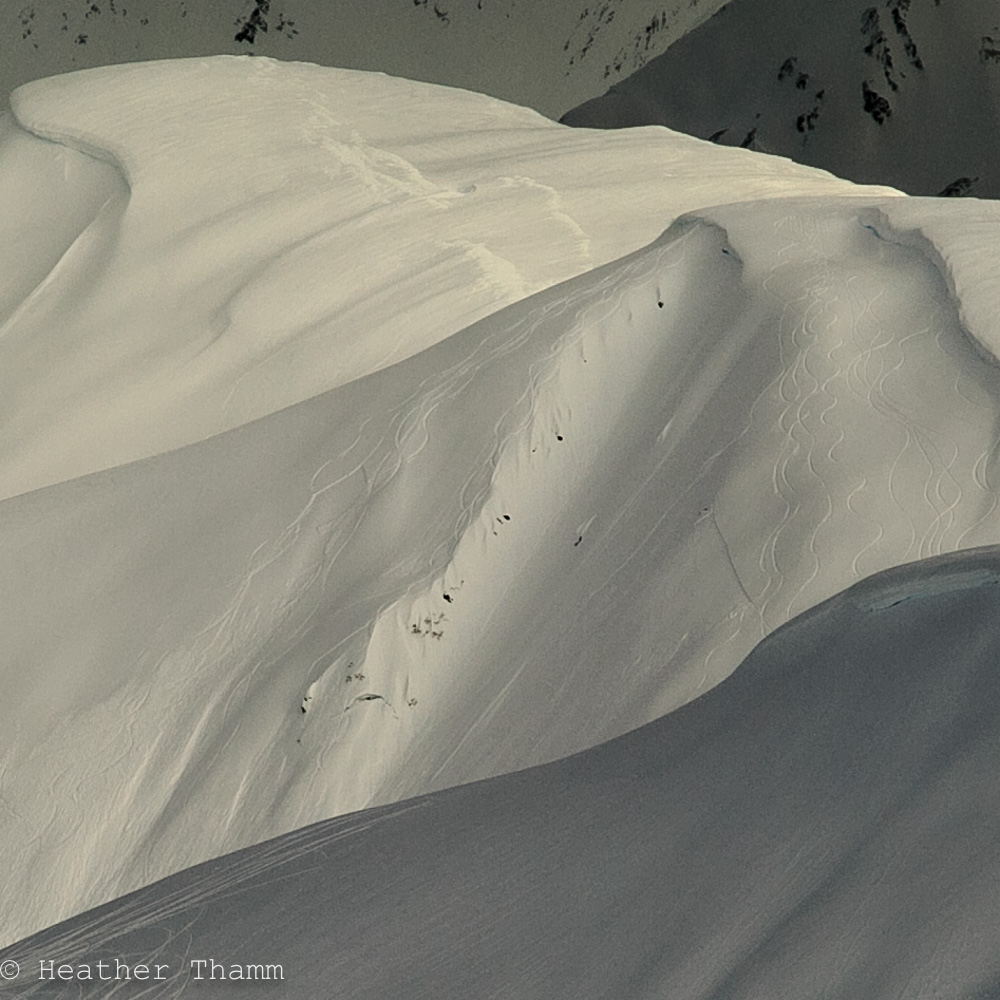Turnagain Pass
|
|
Today a MODERATE avalanche danger exists in the Alpine (above 2500′) where cornices and lingering wind slabs may prove tender today with recent wind loading and increased sun exposure. At Treeline elevations (below 2500′) the danger is MODERATE where it is necessary to plan your route to avoid being underneath glide cracks and cornices.
*Shallow snowpack zones: South of Turnagain Pass and the Summit Lake area have old weak layers in the snowpack where triggering a much larger avalanche is possible. This is something to keep in mind if you are headed to these zones. Click HERE for a recent photo of large Natural avalanche between Lynx Creek and Silvertip Creek.
Saturday, February 20th Hatcher Pass Avalanche Center is having their annual fundraiser at Gov’t Peak Chalet near Hatcher Pass. This event will feature a slide show by local climber and ski mountaineer, Kirsten Kremer, a Silent Auction, Live Music and FUN! Click HERE for more info.



